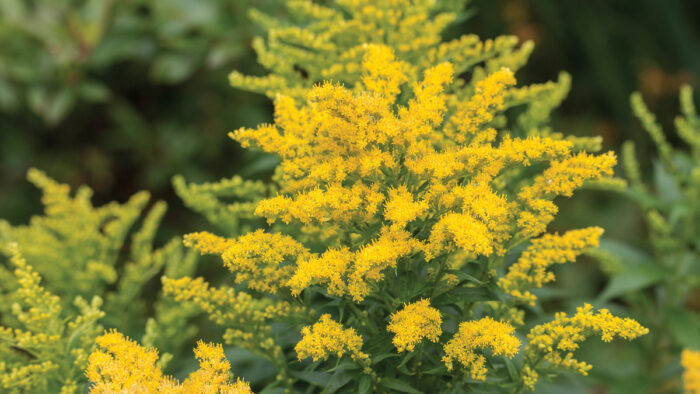
While we would all ideally have gardens that look at their peak in every season, the reality is often far from that ideal. Very few of us have all the time in the world to dedicate to our gardens, and the hard truth is the planning and work that goes into gardening means we often only get one season where we can sit back and enjoy the fruits of our labor.
As Executive Editor Danielle Sherry explains, “Winter is for planning. It’s when you really don’t want to be outside and when your time is better spent formulating the plan of attack to make your garden the best it can be. Spring is the working time period, when the bulk of your cleanup, planting, and projects get done. Fall is also a working period and is generally when you can revisit the things you didn’t get done in spring.”
After all of that prep and planning, you want to ensure your summer garden is at its prime when it’s finally too hot to toil. To help ensure your summer garden really shines, regional experts shared their favorite perennials for this peak season. Find picks for the Northwest below, and be sure to check out more fabulous summer selections in Peak-Season Combos.
1. ‘Indian Summer™’ Peruvian Lily
Name: Alstromeria ‘Tesronto Imp’
Zones: 8–9
Size: 24-30 inches tall and 36 inches wide
Conditions: Full sun; well-drained soil
Native range: South America
I’ve fallen in love with this well-behaved Peruvian lily. Its unusual, plum-colored foliage contrasts beautifully with the flowers’ smoldering tones of gold, peach, orange, red, and burgundy when the blooms begin to open in early summer. In cool maritime climates, blossoms occur continuously until early autumn, bringing a tropical touch to your garden. This deer-resistant, easy perennial is robust in growth but is not a rampant spreader, instead forming a compact clump with long, sturdy stems that are excellent for cut flowers. Flowering will be more profuse and will occur for a longer period with regular watering during the summer.
2. ‘Golden Baby®‘ Dwarf Goldenrod
Name: Solidago ‘Goldkind’
Zones: 4–8
Size: 12 to 18 inches tall and 18 to 24 inches wide
Conditions: Full sun; average to dry, well-drained soil
Native range: Garden origin
This cute goldenrod is a compact, upright grower with glowing, golden-yellow blooms. The tiny flowers are arranged by the hundreds in graceful tiers on the sturdy branch tips; they look beautiful in the garden and make excellent cut flowers. The plant forms a tight crown and will not run or reseed as it matures. Originally selected for the cut flower industry, this tough perennial exhibits very good resistance to diseases, is not palatable to deer or rabbits, and is loved by bees and butterflies. Although it can tolerate dry conditions, it will perform even better if given some supplemental water during dry periods.
3. ‘Mönch’ Aster
Name: Aster × Frikartii ‘Mönch’
Zones: 5–9
Size: 3 feet tall and wide
Conditions: Full sun; well-drained soil
Native range: Garden origin
‘Mönch’ adds a welcome cool note to the summer garden as the warm days intensify. It is unique among asters for its earlier and longer flowering time. The first periwinkle-blue flowers with cheerful yellow centers open in late June, and the show continues until early autumn. Its stout stems are well branched and resist flopping later in the season. New flowers form higher on the stem than fading older blooms, making deadheading unnecessary. This aster has shown good deer and rabbit resistance. To help it live longer, protect it from becoming overly wet in winter.
4. ‘Bleeding Hearts’ Ox Eye Sunflower
Name: Heliopsis helianthoides var. scabra ‘Bleeding Hearts’
Zones: 3–9
Size: 4 feet tall and wide
Conditions: Full sun to partial shade; well-drained soil
Native range: Eastern and central North America
From the moment this tough prairie perennial emerges in spring, its smoky purple-tinted foliage makes a statement. This long-blooming plant opens its first flowers in early July and continues to bloom until early autumn. As the buds open, the petals are an astonishing vibrant reddish orange that will slowly age to a rich golden yellow. At the peak of summer, ‘Bleeding Hearts’ gives a spectacular multicolored show, with individual flowers holding up for over four weeks. New flowers are formed above the older blooms, hiding them and making deadheading unnecessary or mostly so. Deer generally find this plant unpalatable—unlike pollinators, which adore the blooms. It is tolerant of clay and rocky soil as long as there is good drainage. Water it regularly during prolonged dry weather for best flowering.
Contributing editor Richie Steffen is executive director of the Elisabeth C. Miller Botanical Garden in Seattle.
Photos: courtesy of Richie Steffen
Fine Gardening Recommended Products

Lee Valley Garden Obelisks
Fine Gardening receives a commission for items purchased through links on this site, including Amazon Associates and other affiliate advertising programs.

Gilmour 811673-1001 Sprinkler
Fine Gardening receives a commission for items purchased through links on this site, including Amazon Associates and other affiliate advertising programs.
- Adjustable collar for partial- to full-circle coverage
- Dial precisely sets spray distance
- On/off switch eliminates trips from sprinkler to spigot

Johnny’s Selected Seeds Connecta® Cultivation Kit
Fine Gardening receives a commission for items purchased through links on this site, including Amazon Associates and other affiliate advertising programs.


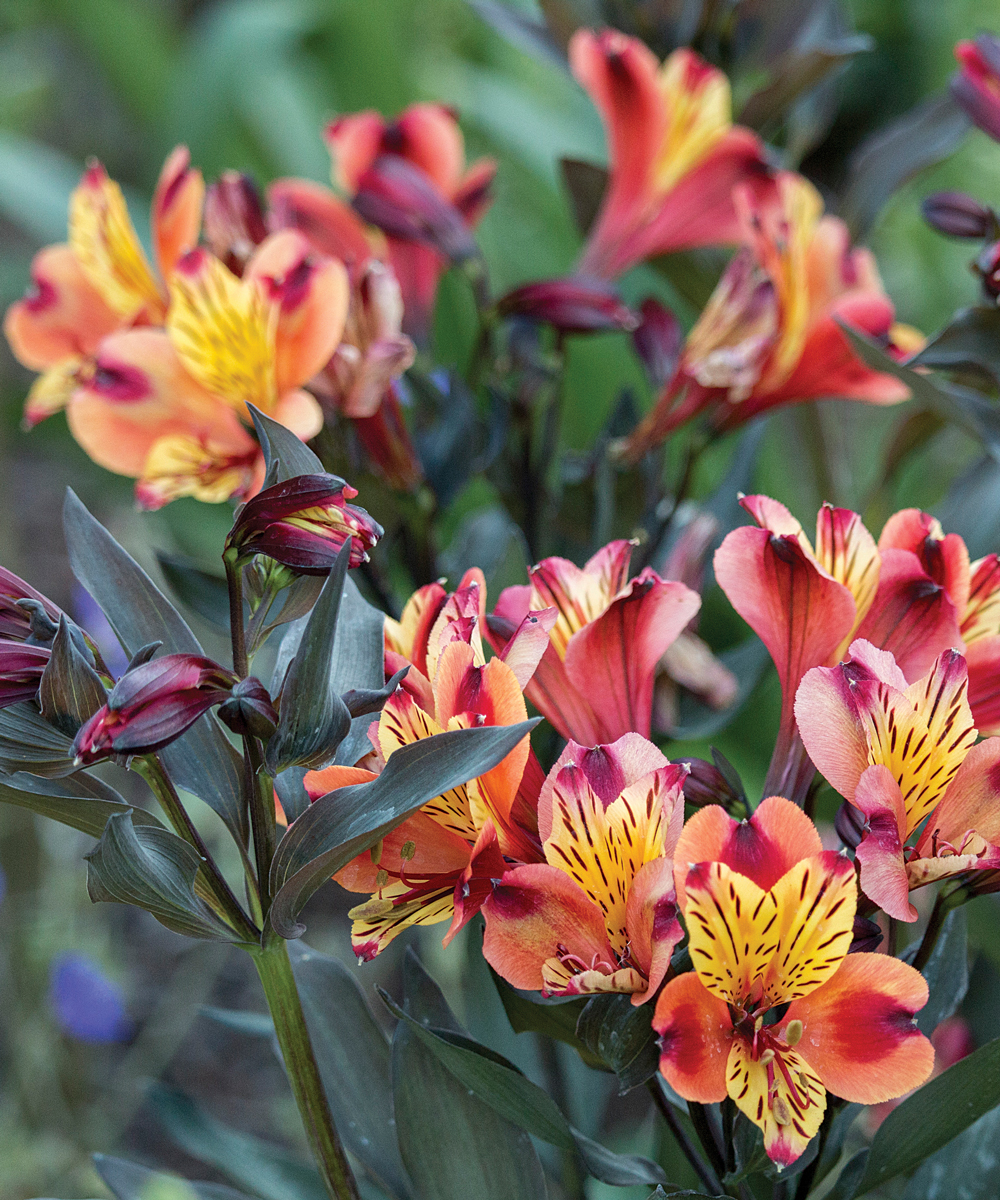
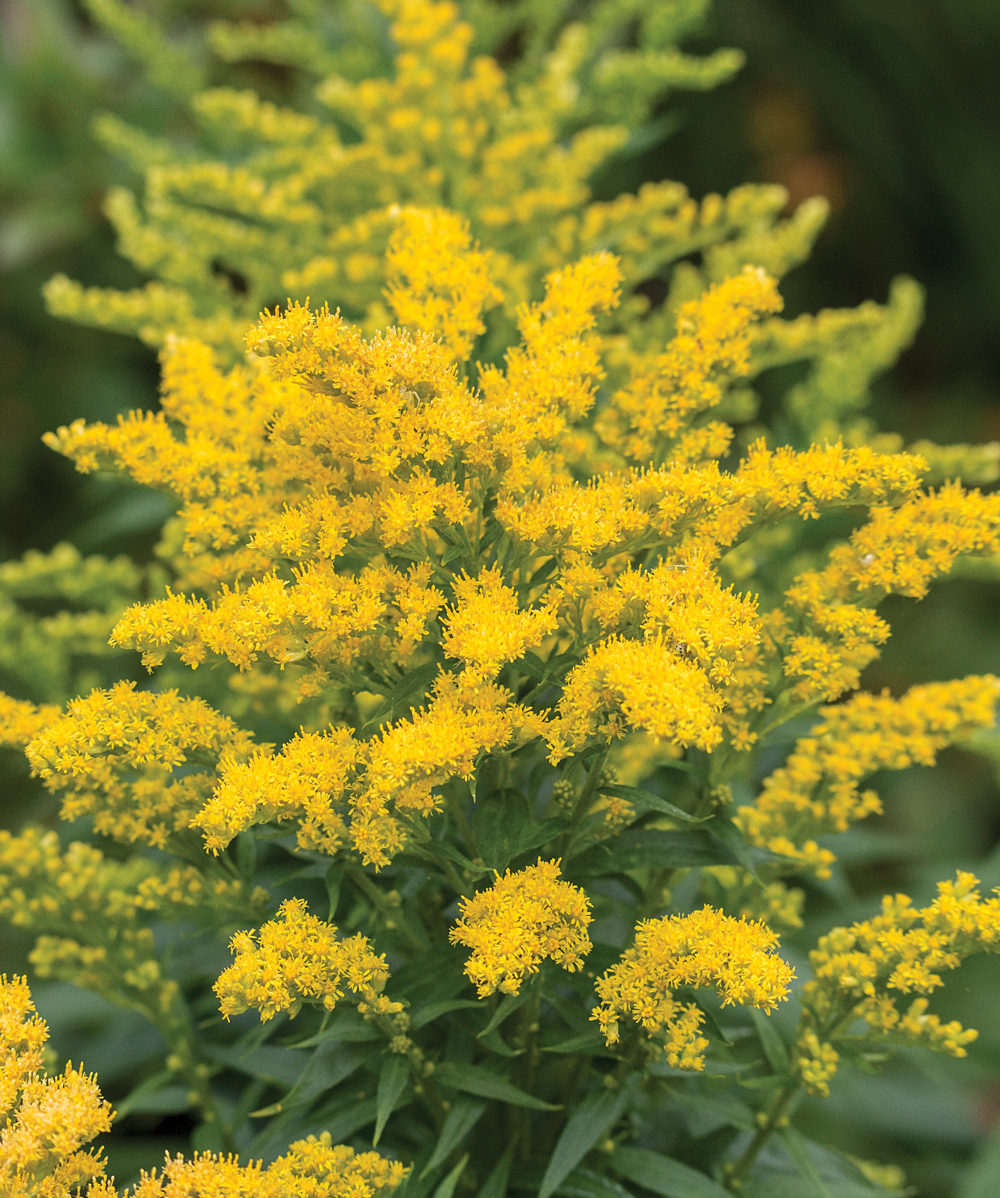
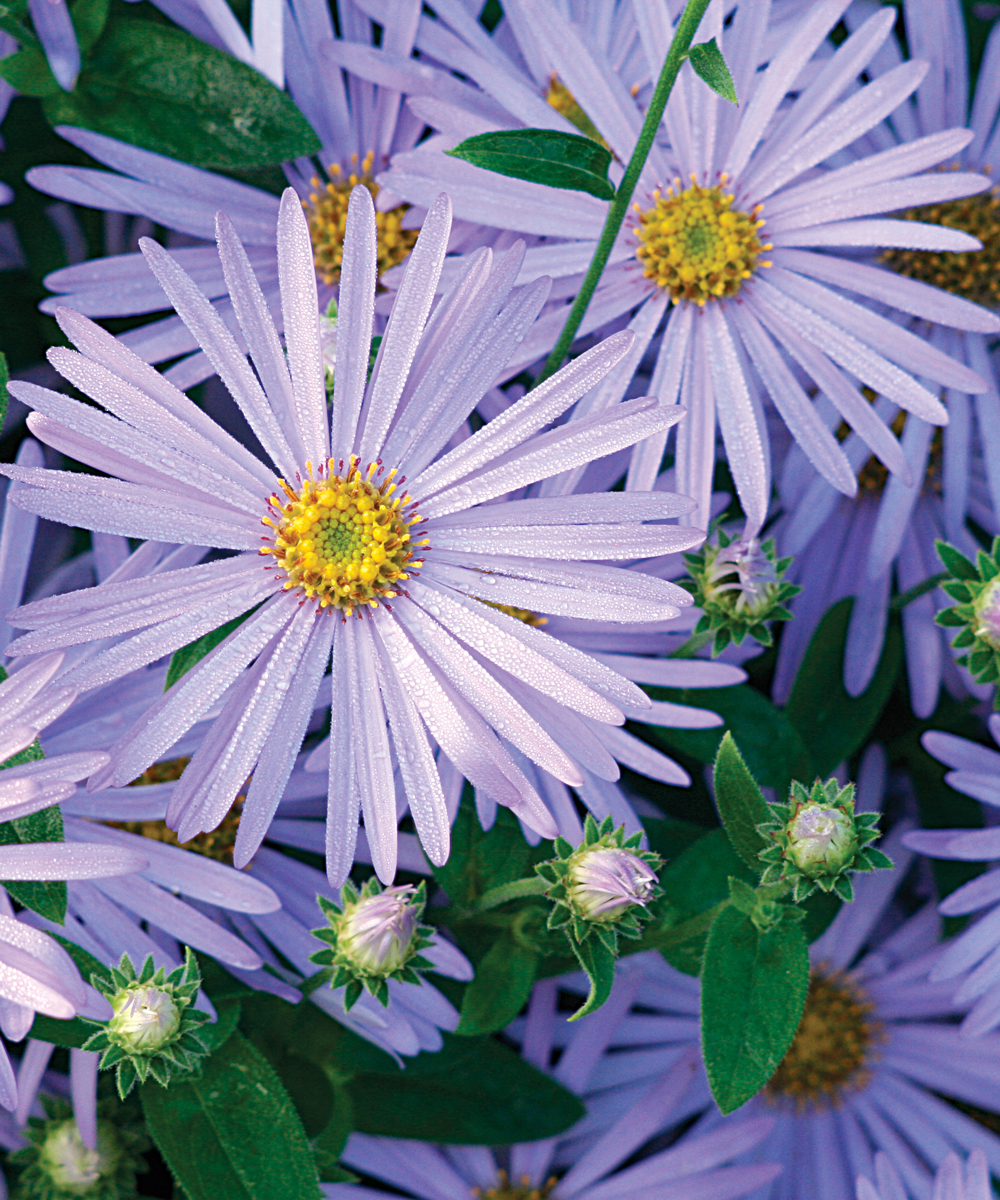




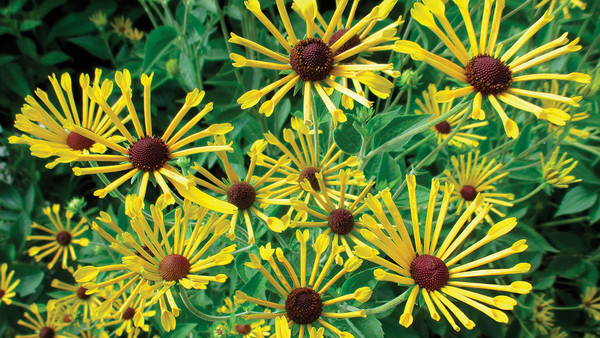













Comments
Log in or create an account to post a comment.
Sign up Log in